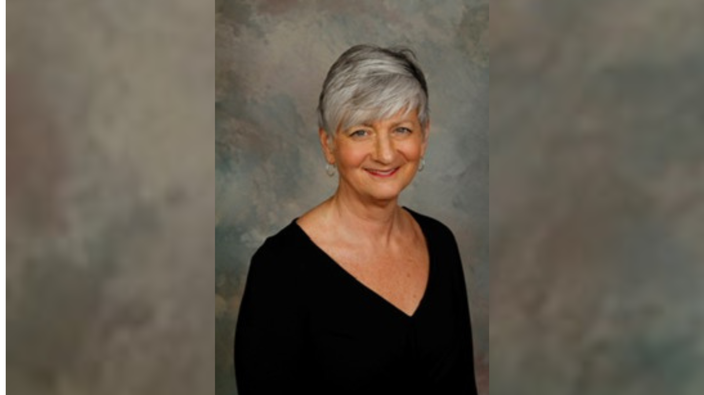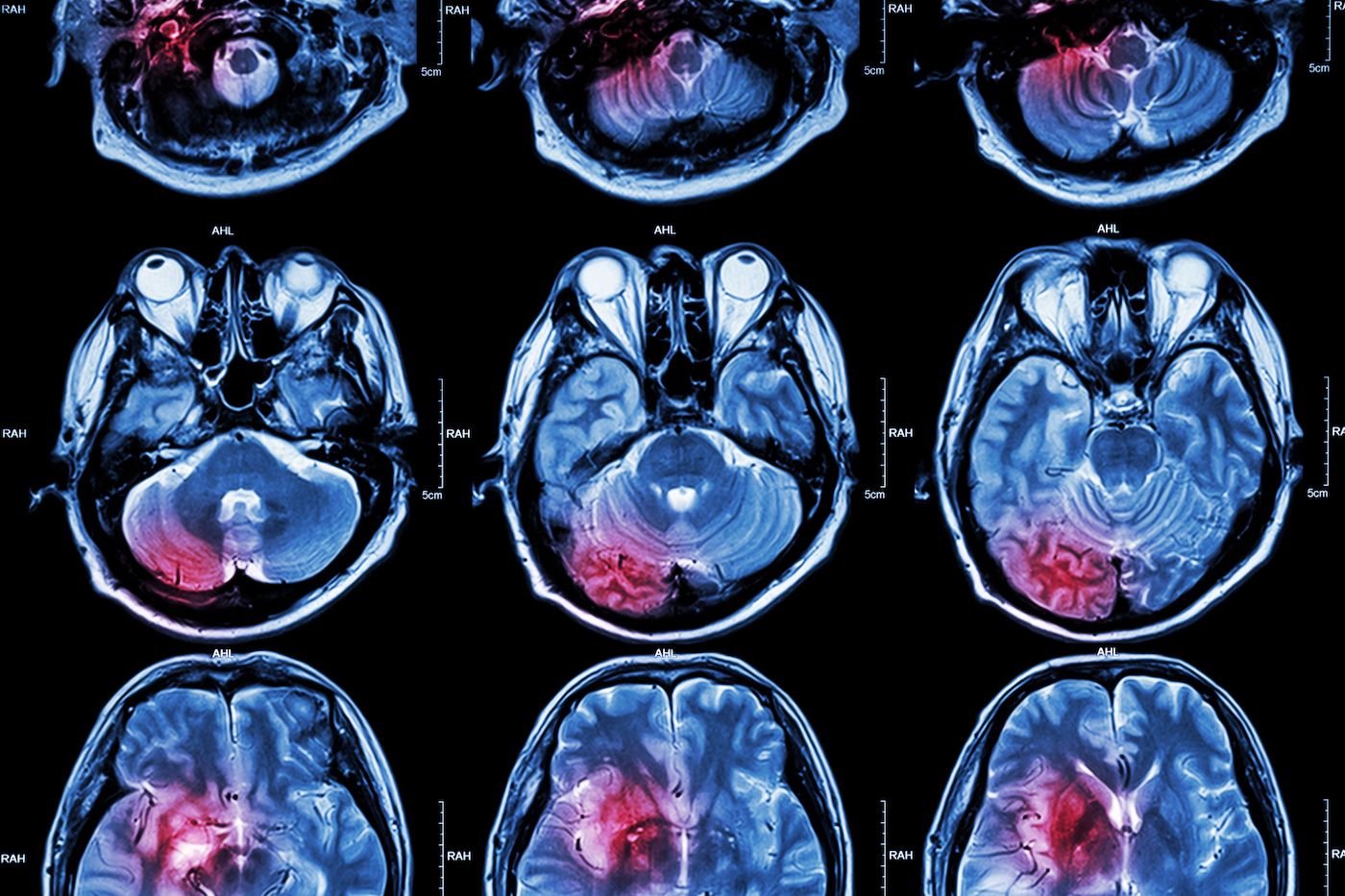how was the transition back to living at home?
i don’t remember the exact date, it would have to be near the end of november. i was more than ready to go home, but it was a really big responsibility for my husband. i also had people come through the house to make sure it was safe for me [it felt like] a fishbowl.
did you have to make any changes to your house?
we were lucky. we had done a big renovation a couple of years previously and i live in a ranch-style house. you’d almost think i had been preparing for this.
how has the stroke changed your life?
it was very lonely at first, and yet i had lots of people helping us out.
i was not able to use my right leg other than a little bit. i don’t have any [use] of my right arm — my right arm never came back. but, thankfully, most of my speech is back. my rate of speaking is a little bit slower, but not too bad.
i had a job at a church, playing the organ, performing in the handbell choir, and also singing. i also worked during the day at a music school — but i couldn’t do that anymore. i had been teaching music privately, and that was gone.
i also went from being a gym rat to nothing — i was probably in the best shape of my life before i had the stroke.
can you recognize the signs of post stroke spasticity? source: abbvie
how do you manage that change emotionally?
 7 minute read
7 minute read









